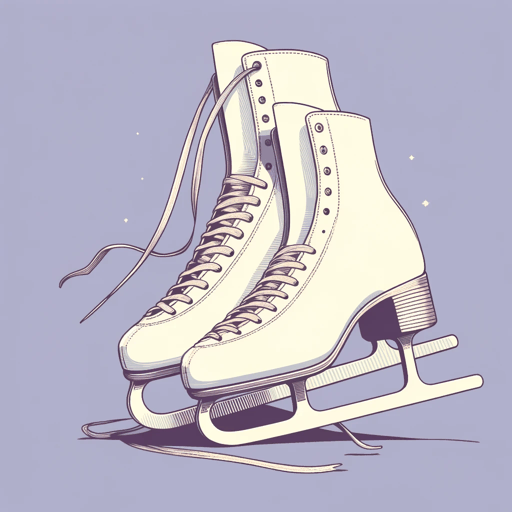91 pages • 3 hours read
Leo TolstoyAnna Karenina
Fiction | Novel | Adult | Published in 1879A modern alternative to SparkNotes and CliffsNotes, SuperSummary offers high-quality Study Guides with detailed chapter summaries and analysis of major themes, characters, and more.
Symbols & Motifs
Hunting and Horses
This motif reinforces the theme of gender roles in the text. Levin does well when he hunts with those he trusts; his first shoot with Stiva is generally successful, while his trip with Veslovsky and Oblonsky only goes well when he hunts alone. Veslovsky, Levin’s adversary, is a poor driver who gets the cart stuck in the mud and overworks a horse; he is mocked for his generous size and less masculine demeanor and clothing choices. The narrator describes his “big, new boots that reached halfway up his fat haunches” (575), indicating that he is a dilettante and inactive. Levin and Stiva are drastically different, but the fact that both enjoy hunting helps establish their friendship. Levin’s social awkwardness does not extend to this conventionally masculine pursuit—he can perform a key social ritual for a man of his class.
Vronsky is a cavalry officer and skilled horseman. This is one of his areas of contrast with Karenin, which Karenin notes when he contemplates that a duel between the two of them would end likely in his death. At one point in the novel, Vronsky is preparing for a horse race with fellow officers, riding a sensitive mare. The mare is vulnerable, temperamental, and striking.
Related Titles
By Leo Tolstoy
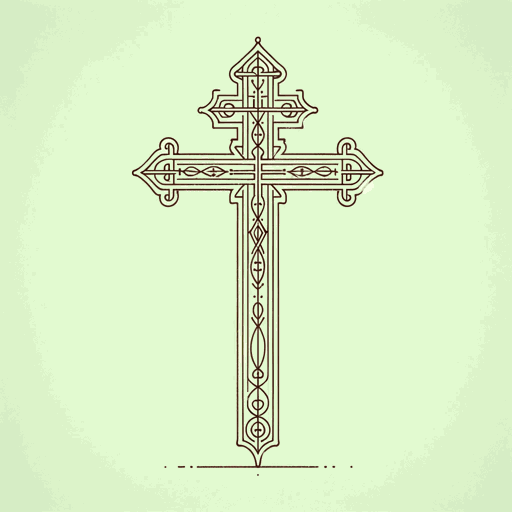
A Confession
Leo Tolstoy

God Sees the Truth, but Waits
Leo Tolstoy
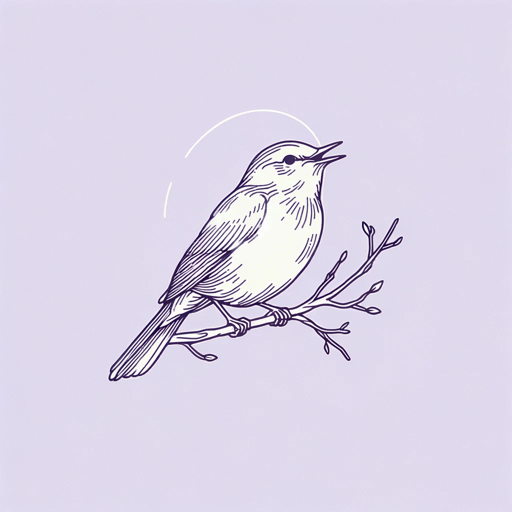
Hadji Murat
Leo Tolstoy
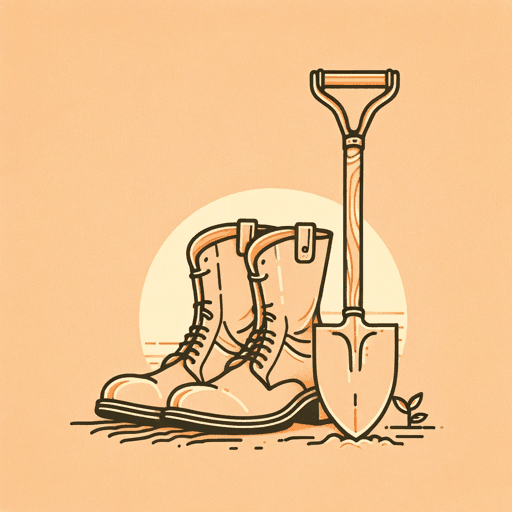
How Much Land Does a Man Need
Leo Tolstoy

Master and Man
Leo Tolstoy

The Cossacks
Leo Tolstoy
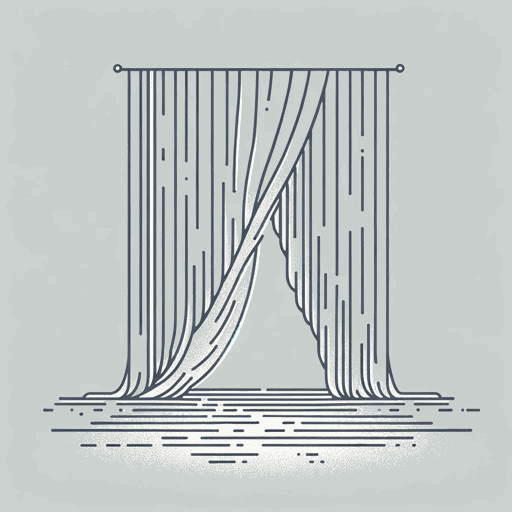
The Death of Ivan Ilyich
Leo Tolstoy

The Kreutzer Sonata
Leo Tolstoy
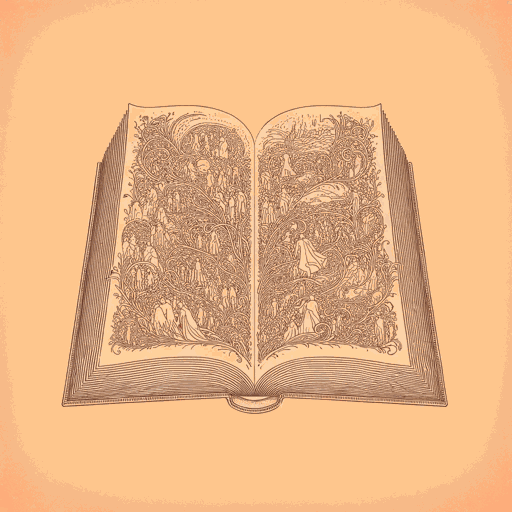
War and Peace
Leo Tolstoy
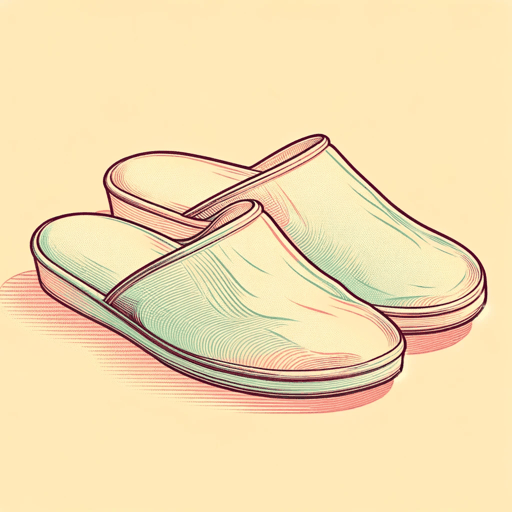
What Men Live By
Leo Tolstoy
